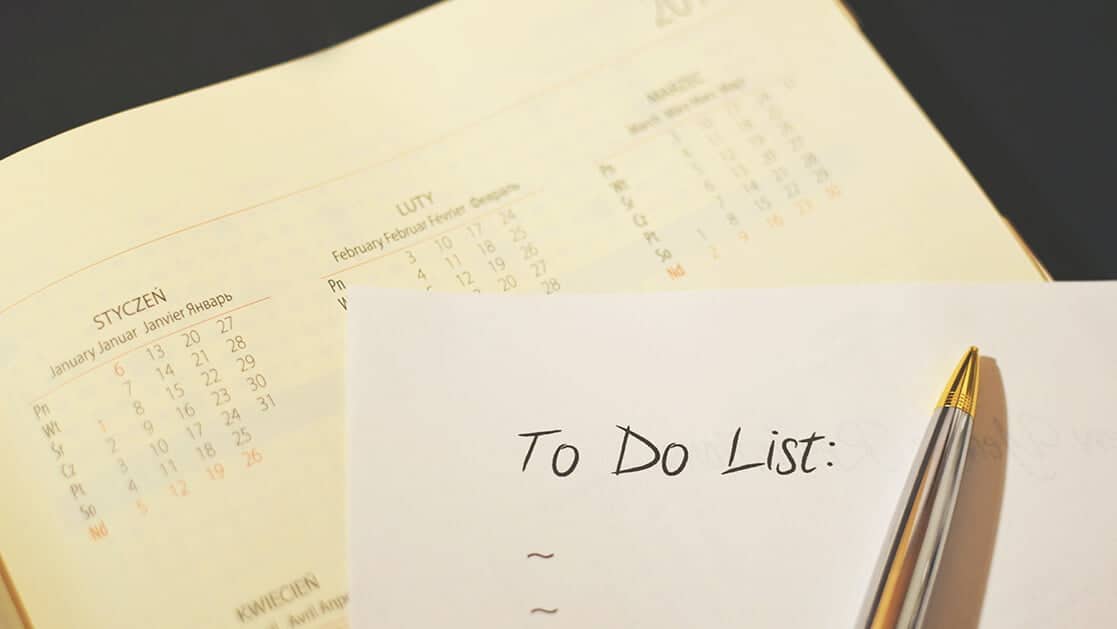How do you handle your time efficiently now that you are conscious of the effects of bad or no time management and the benefits of good time management?
First of all, it’s best to know your time. “Adequate time management starts with accurate time monitoring,” Winterstein said. “We can not determine correctly about anything that we know nothing about, there is no way. That is why a sound time management is focused upon using an Excel file or automatic time tracker to find out precisely what the time is. It’s for everyone. Students can bring an app or notebook to see how long it takes to buy a bagel, check Instagram, or actually research. Professional people will do the same thing. How long are your meetings going to last? How long do you spend in the breakroom chatting? How long are you email burning? The same applies to innovative people, who also feel sadly that too much imagination is being stifled. The same is true of Rosemont’s clients, who do imaginative work: “If you plan stuff so that you can find them, innovation flows uninterrupted.””Stay-at-home mothers can plan an enjoyable day and can also spend some time on their own,” Winterstein says.
According to Winterstein, time tracking may have also an astounding advantage: “It will relieve us of the fault and the feeling we never do enough because we do so much more often than not.” Now that you know where you go, you have to make changes, which have to be priorities dependent. Think of it, then: what is important in your working life? Do you live in your home?
Several tools are available to define goals. The following is an description of the most popular methods:
- A-B-C Method: This approach suggests grouping operation from most to least significant under each letter.
- Pareto Analysis: Often you use the A-B-C approach to assume that 20% of your efforts produce 80% of the results.
- The Eisenhower Method: This method allows you to divide activities into four situations, big and urgent, critical but not urgent, urgent and urgent.
- POSEC: Prioritize, organize, streamline, economize, contribute.
Remember, if you continue to postpone important or significant projects, you will be delayed. Or, maybe these tasks are not, after all, that significant.
First, you need to start making a to-do list when clear about goals in all areas of your life. Naturally, you’ll use the right job monitoring device daily. There are a number of smartphone and web applications available, but a number of printed daytime maps are also available, even for different businesses. Only a basic pad or notebook often works. You can print or print out to create your own binder with to-do list templates.
There are different methods for monitoring items. Regular lists and weekly or long-term lists may be held. Some times management practitioners recommend first making the list as you work every day and some suggest that it be done at the end of the day (to prepare the schedule for the day after). The latter is recommended by Rosemont. “Take a bit of time at the end of the day and reflect on what you need to do, use a task Management System or to-do list,” she said.
Now that your goals have been established, how does your to-do list work? The proponents have also developed programs for this. One method, proposed by David Allen, is to do stuff (GTD). In GTD, you first perform the small tasks and then assign any big tasks. The Pomodoro process is another one. You will work 25 minutes at a time with Pomodoro, take a break of one or two minutes before working another 25 minutes. You take a longer break after three or four sets of 25 minutes.

